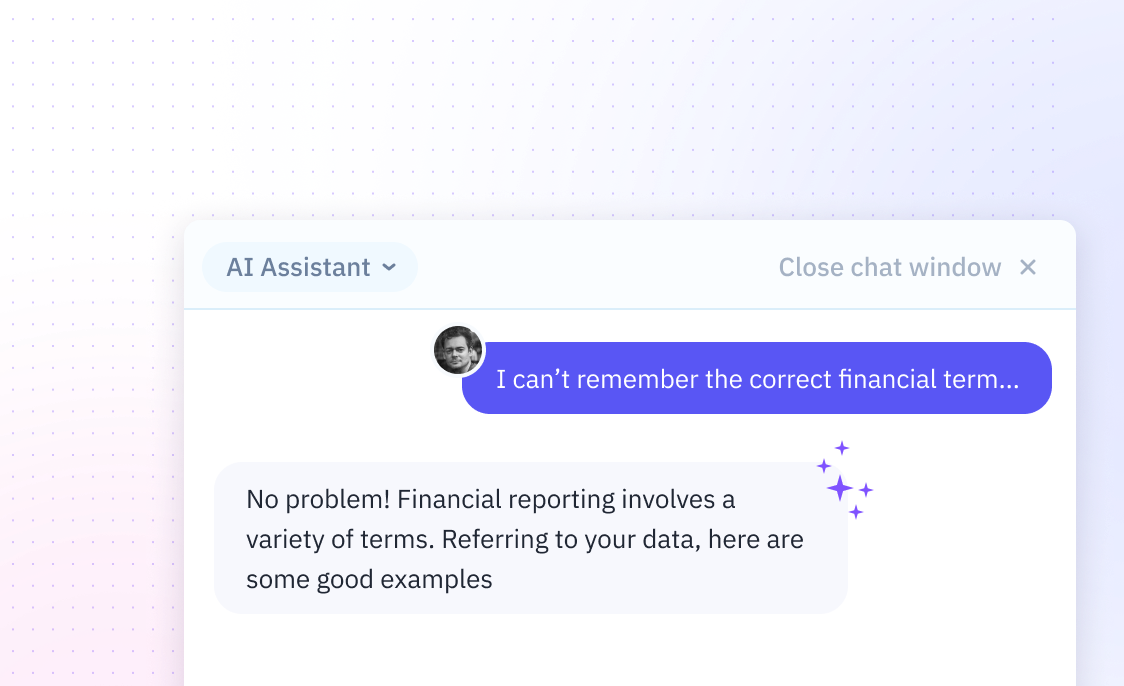
How To Highlight A Word In Excel
Introduction
Mastering the simple yet essential task of highlighting words in Excel can greatly enhance your data visualization and organization. Excel offers various methods to emphasize particular data points, allowing users to make their spreadsheets more informative and easier to navigate.
While Excel requires manual configuration of functions and features to highlight words, Sourcetable's AI chatbot lets you accomplish this and any other spreadsheet task through natural conversation - simply upload your data and tell the AI what you want to do. Try Sourcetable now to experience a more intuitive way to work with your spreadsheets.
How to Highlight a Word in Excel
Excel provides two main options for highlighting words: changing the font color or the cell's fill color. The most effective method is using conditional formatting, which can be applied to ranges of cells, tables, or PivotTable reports.
Using Conditional Formatting
To highlight specific text using conditional formatting:1. Open Excel and select the cells to format2. Navigate to the "Home" tab3. Open the "Conditional Formatting" menu4. Select "New Rule"5. Choose your Rule Type6. Input your formula and formatting preferences
Available Formatting Options
Excel's "Highlight Cells Rules" provides several text-based formatting options, including:- Text that Contains- Equal To- Between- Date Occurring
Advanced Methods
For more complex highlighting needs, you can use VBA code to search for specific words and change their font color. You can also create custom conditional formatting rules using formulas to determine which cells to format.
Important Limitations
Conditional formatting cannot be used with external references to other workbooks. When copying conditional formatting, you may need to adjust relative and absolute references in the formulas.
Why Learning How to Highlight Words in Excel is Valuable
Highlighting words in Excel is a fundamental data organization skill that improves spreadsheet readability and analysis. This feature helps users quickly identify important data points, trends, or outliers within large datasets.
The ability to highlight text enables effective data visualization, making complex spreadsheets more accessible to colleagues and stakeholders. It serves as a visual cue system that can highlight errors, deadlines, or priority items without adding extra columns.
Excel highlighting streamlines collaboration by allowing team members to mark changes, comments, or areas that need attention. This skill is particularly valuable in project management, financial analysis, and data reporting roles.
Mastering Excel highlighting enhances productivity by reducing the time spent searching for specific information. It's an essential skill for professionals who regularly work with spreadsheets and need to maintain organized, easy-to-navigate data.
Common Use Cases for Excel Cell Highlighting
Financial Analysis and Budget Review
When reviewing financial spreadsheets, highlighting enables quick identification of key figures such as total revenue, expenses, or profit margins. This visual emphasis helps stakeholders focus on the most critical numbers during presentations or analysis.
Project Timeline Management
Highlighting important dates and deadlines in project timelines ensures team members never miss crucial milestones. This simple visual cue makes project scheduling and deadline tracking more efficient.
Data Analysis and Anomaly Detection
When analyzing large datasets, highlighting outliers or unusual values helps identify patterns and anomalies quickly. This feature is essential for quality control and data validation processes.
Task Management and Progress Tracking
Using highlights to mark completed tasks in a spreadsheet provides a clear visual indicator of progress. This makes it easy to track project completion and identify remaining work at a glance.
Document Version Control
When reviewing revised spreadsheets, highlighting changes between versions streamlines the review process. This helps collaborators quickly identify and focus on modified content.
Sourcetable vs Excel: A Modern Spreadsheet Solution
Excel has been the standard spreadsheet tool for decades, but its complex functions and manual processes can slow down data analysis. Sourcetable revolutionizes spreadsheet work with its AI-powered interface, allowing you to create, analyze, and visualize data through simple conversations. Sign up at Sourcetable to experience how AI can answer any spreadsheet question.
AI-Powered Analysis
While Excel requires manual formula creation and feature selection, Sourcetable's AI chatbot handles complex analysis through natural language commands. Simply describe what you want to analyze, and Sourcetable delivers results instantly.
Seamless Data Integration
Upload files of any size or connect directly to databases in Sourcetable. Unlike Excel's size limitations and manual import processes, Sourcetable handles large datasets effortlessly.
Instant Visualization
Create stunning charts and visualizations by simply describing what you want to see. No more navigating through Excel's complex chart options and manual formatting.
Data Generation and Manipulation
Generate sample data, transform existing datasets, and perform complex analyses through conversational commands. Sourcetable eliminates the need to learn Excel's intricate functions and shortcuts.
Frequently Asked Questions
Can you highlight just a single word within a cell in Excel?
No, Excel only allows you to change the font color or fill color of the entire cell. You cannot highlight individual words within a cell.
How can I highlight cells containing specific words in Excel?
You can use conditional formatting to highlight cells containing specific words by selecting the range, clicking Conditional Formatting in the Home tab, choosing New Rule, selecting 'Use a formula', entering a formula to check for the word, and setting your desired formatting options.
How do I change the highlight color in Excel on a Mac?
On a Mac, change the highlight color by opening System Preferences from the Apple menu, clicking General, selecting a new color in the Highlight color box, and then closing and reopening Excel.
Conclusion
Highlighting cells in Excel helps organize data and emphasize important information. While Excel offers multiple ways to highlight, learning these methods can be time-consuming.
For a simpler solution, consider modern AI-powered spreadsheet tools. Sourcetable combines traditional spreadsheet functionality with AI assistance, making tasks like highlighting effortless.
Learn more about streamlining your spreadsheet workflows at Sourcetable today.






